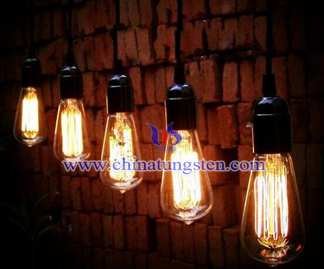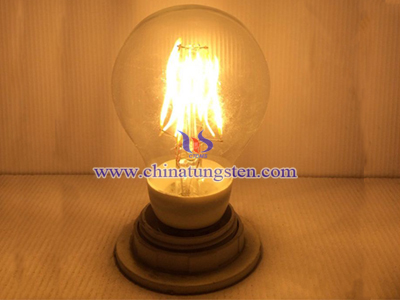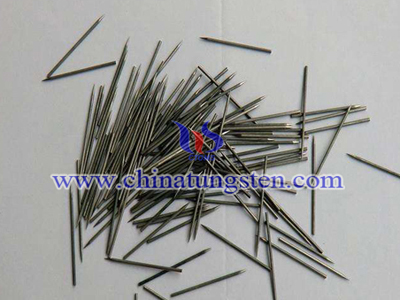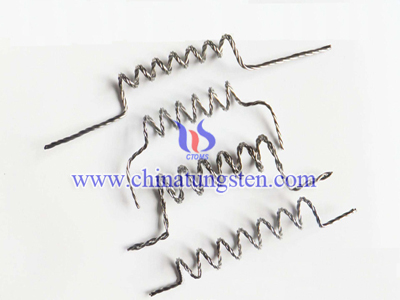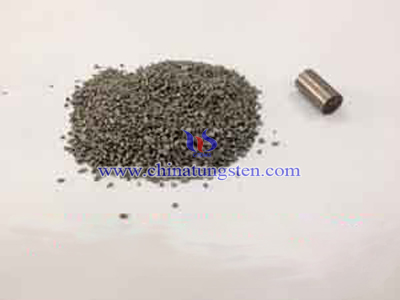Tungsten Filament in Gas-Filled Lamp
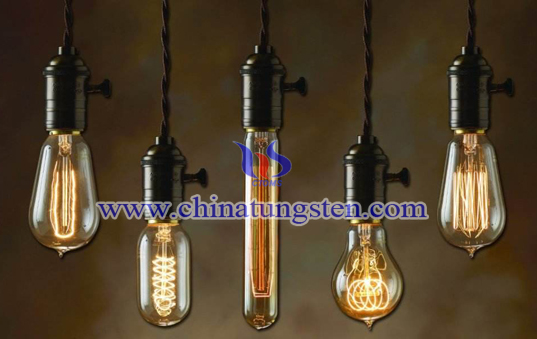
Gas filled lamps produce light from an incandescent filament operated in an inert gas atmosphere. The addition of the inert gas suppresses the evaporation of the tungsten filament, which increases the lifetime of the lamp or allows higher temperature operation for the same life. The normal gases used are Nitrogen, Argon, Krypton and Xenon. The cost rises dramatically as the rarer gases are used, particularly for Xenon, due to their very low natural abundance. The advantage of the higher atomic weight gases is they suppress the evaporation of the tungsten filament more effectively than the lower weight gases. This allows the filament of gas filled lamps to be run at temperatures up to 3,200 degrees Kelvin and achieve reasonable life times. The light from these lamps has a high blue content giving the light a pure white appearance.
Gas-filled lamps require more power to achieve the same filament temperature than vacuum lamps. The surrounding gas cools tungsten filament while suppressing evaporation and reducing the migration of evaporated tungsten to the wall of the lamp. The higher operating temperature of gas-filled lamps produces more light output per watt of input power, which justifies their use in critical applications.
When insert gas like nitrogen, argon, krypton or xenon, gas filled lamp have a much bright surface. And the gas can help longer tungsten filament lifespan.

